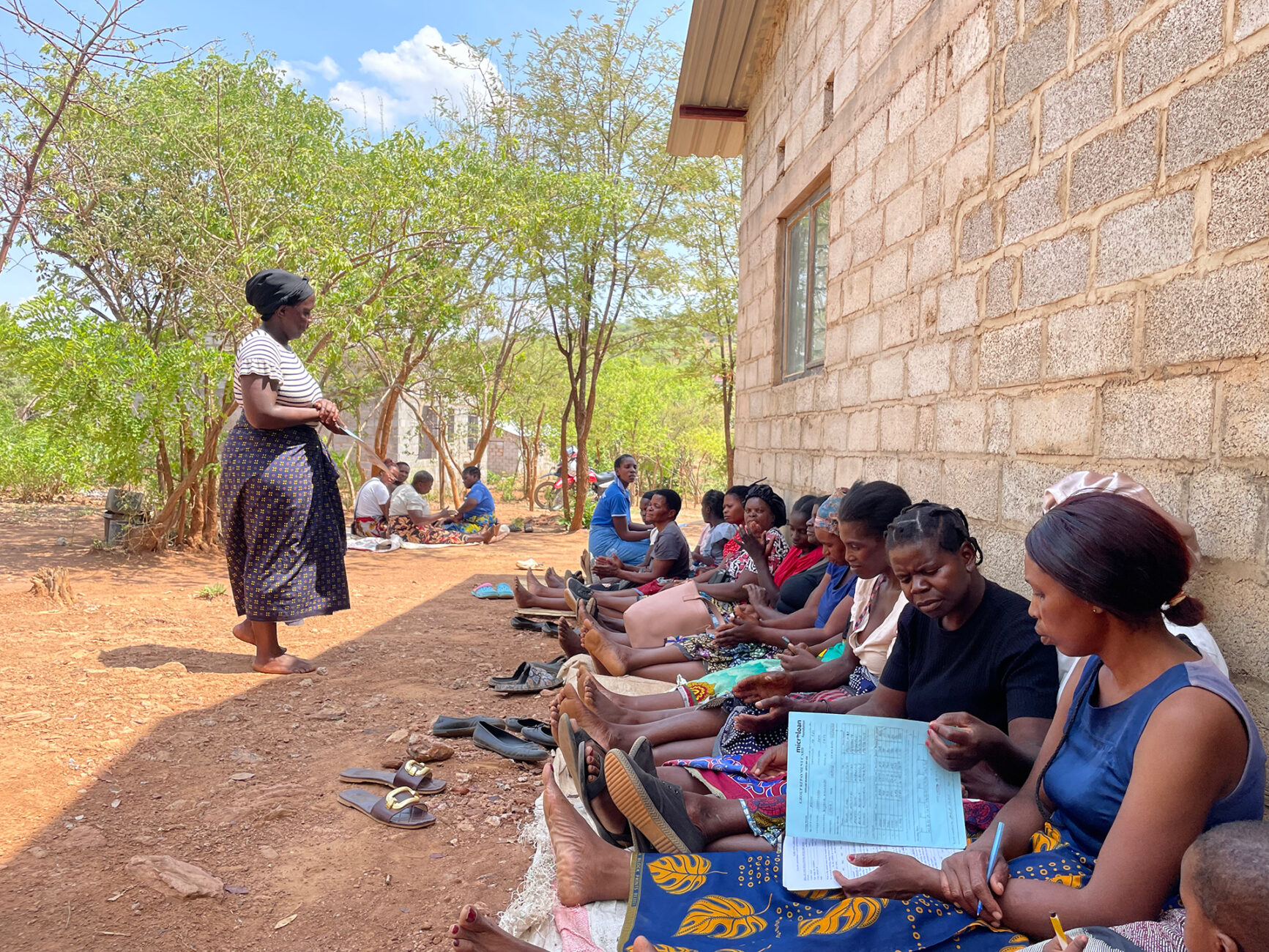Project update
Our journey began with gaining a comprehensive understanding of MicroLoan Zambia’s operations, objectives, and challenges. The group of technical experts have carefully mapped out MicroLoan Zambia’s core activities and business processes. Armed with this knowledge, we designed a technical solution to address operational challenges and lay the groundwork for the savings platform. User testing has played a pivotal role in refining our designs and challenging key assumptions, ensuring that the solution resonates well with end-users.
Having completed the initial scoping and design, based on the findings to address operational pain points and form the technical and data infrastructure on top of which a savings solution can be built, we then transitioned to the software development phase. Following agile methodology, we implemented the initial version of the solution.
Discovery, research, and go-to-market strategy ran concurrently providing valuable insights into the savings solution’s business model and client needs.
Challenges and lessons learnt
One of the primary challenges encountered in our project revolves around the integration with the core banking system. While it effectively handles core loan management tasks, we have faced several hurdles due to its limited suite of APIs, outdated documentation, and complex data architecture. Despite the challenges, we’ve devised strategies to mitigate these issues, such as designing our solution to better adapt to the existing core banking system and prioritising key features based on impact and effort. We have also initiated dialogue with the core banking system provider to enhance support and expedite query responses.
Another significant challenge lies in the operational variations across different branches of MicroLoan Zambia. We have meticulously documented processes and sought to understand the root causes of variations, striking a balance between regional needs and optimal processes remains crucial.
Finally, there have also been external environmental and health challenges, such as the cholera outbreak and severe drought in Zambia, which have impacted the mindset and well-being of individuals, potentially affecting their engagement with our project. To address this, we remain aware of these broader issues and prioritise sensitivity during our interactions and research activities.
Highlights and success factors
Capacity building of the MicroLoan’s technical team, who have been working closely with the external consultants at all stages of the project, has been a key theme, ensuring the sustainability of the solution beyond external funding. As a result, we are building a solution that can be adapted internally. The strong engagement and feedback from the field team has been instrumental in guiding us to implement tools enabling them to work more efficiently.
Implementation of best practices, such as pushing all codes to Github and optimising cyber security controls, has enhanced the system’s effectiveness and reliability. The tools we have developed are already leading to positive changes in operational efficiency, helping users in the field to process loans more effectively for example, with further improvements expected as additional features are built.
“We are pleased to launch this demand-driven initiative which will enable low-income women residing in rural areas in Zambia to save more securely and build digital footprint enabling them to access credit over time. The objectives of this initiative align very well with SCBF's overall goal of enhancing financial inclusion for rural women and enabling them to lead a financially independent, secure and dignified life.”
Dana Ellis, Director of Operations, SCBF
Summary of progress and outlook
The project is on track to achieve its goals, thanks to the external expertise funded by SCBF and the invaluable local knowledge and dedication of our team. With a committed team driving the project forward, we are poised to make a meaningful impact on the lives of low-income women in rural Zambia.
Our aim is to enable at least 20,000 women clients, actively using the digital savings platform by February 2025. Of these, it is estimated that at least 2,000 rural women will access credit for the first time as a result of the digital footprint created through Katumba. Stay tuned for more updates as we continue on this journey of empowerment and financial inclusion.
“Providing access to a savings platform and creating a digital footprint for women who would otherwise be excluded is a game changer. MicroLoan Zambia is proud to partner with Swiss Capacity Building Facility (SCBF) on this groundbreaking initiative.”
Medha Wilson, Group Chief Executive Officer, MicroLoan Foundation
